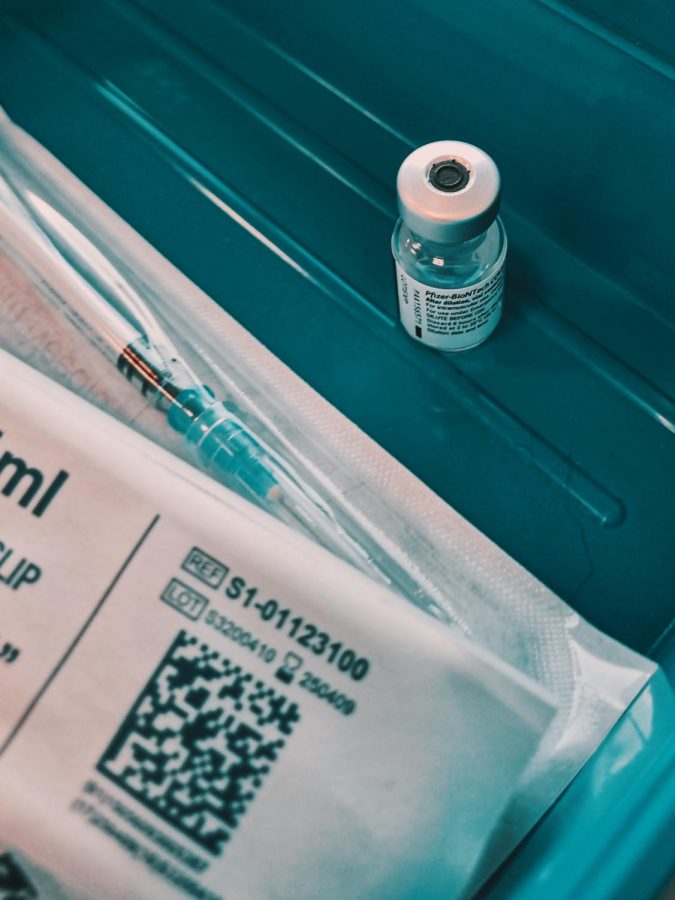The National Vaccine Shortage
February 27, 2021
After being criticized for setting a low vaccination target, President Biden stated the United States will administer 100 million COVID-19 vaccine shots during his first 100 days in office and said, “I believe we’ll not only reach that, we’ll break it.” As of February 16, 2021, the US was administering over 1.6 million shots each day — more than enough for Biden to reach his “100 million in 100 days” goal. But problems facing vaccine distribution have persisted.
Thousands of people over the age of 65 who lined up for vaccine appointments were frustrated over the mass cancellations this month when many vaccination sites didn’t get the vaccine supply they needed. So why can’t Pfizer and Moderna just produce more vaccines?
As Biden warned, there would be logistical hurdles to overcome in the race against COVID-19. The first thing to understand is that these vaccines use new mRNA technology that allows scientists to quickly produce and distribute them. But because this technology is relatively new compared to traditional vaccine production methods, the vaccines require special machinery which is currently in short supply.
Combining the mRNA and lipids that make up a majority of the vaccines into a uniform, consistent mix is difficult because these highly specialized machines are only made by certain companies, so vaccines are being used faster than they are being produced. This halt in production is forcing COVID-19 vaccination sites across the country to close; Los Angeles had to shut down five of its coronavirus vaccination sites due to a shortage of vaccines.
But producing vaccines at an extremely fast rate isn’t the only challenge scientists face. External factors such as harsh weather conditions disrupt the distribution of vaccines while halting vaccine production. An increase in snowstorms that caused power outages throughout the US has forced the closure of many vaccination sites. Meanwhile, vaccine shipments have been stalled as storms have grounded flights, leading to the expiration of thousands of vaccine doses.
Despite these obstacles in terms of producing and distributing COVID-19 vaccines faster than COVID-19 spreads, public health officials are doing their best to roll out vaccines at an unprecedented rate. Many states across the country, including New York and California, have expanded their vaccination eligibility requirements despite a limited national supply. But although the US has more than enough vaccine doses to vaccinate every American adult by the end of summer, President Biden said that logistical hurdles like overworked local health departments prevent these vaccines from reaching Americans in time.



